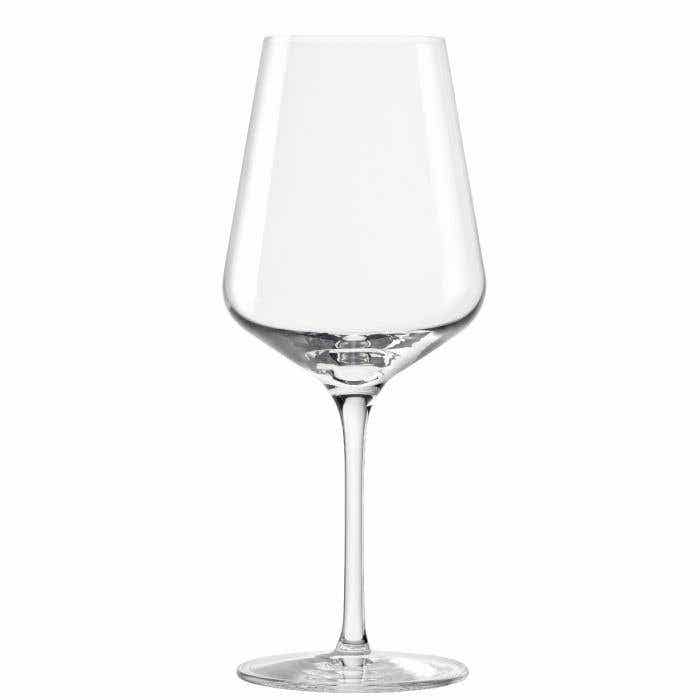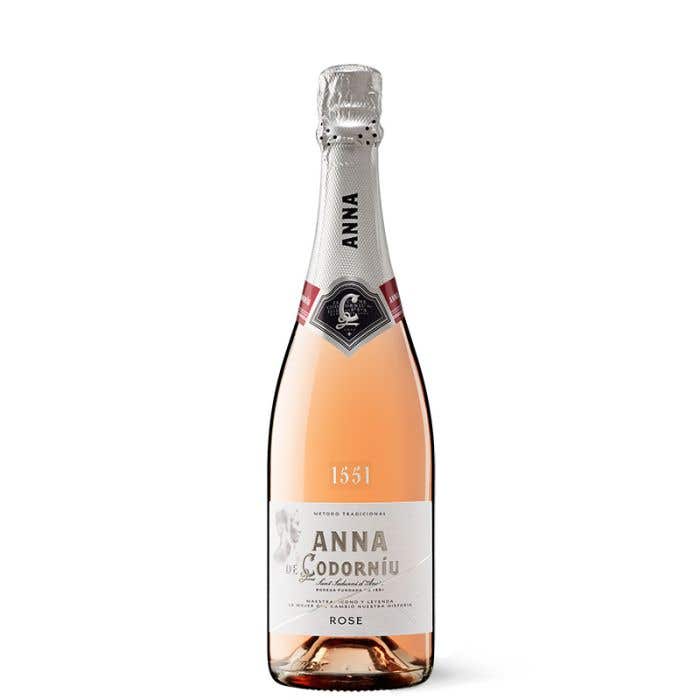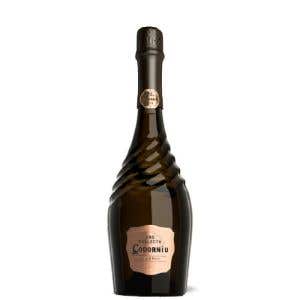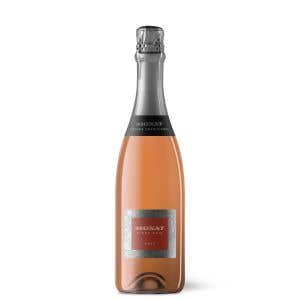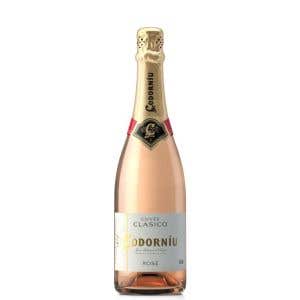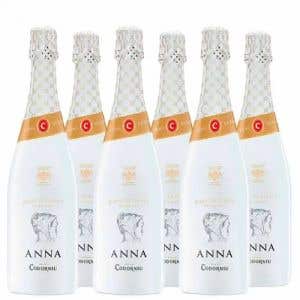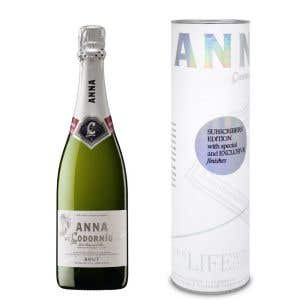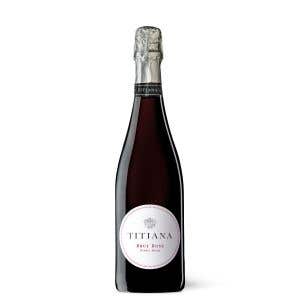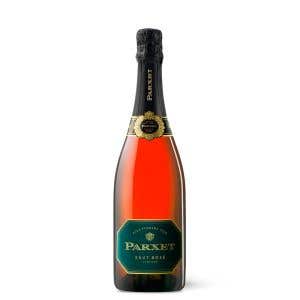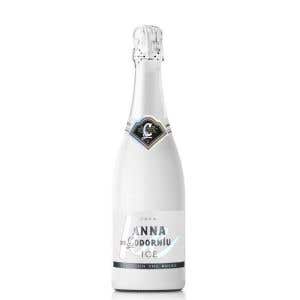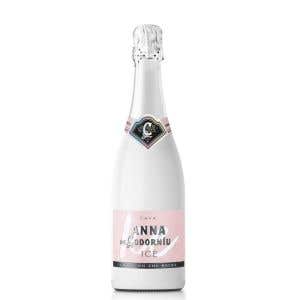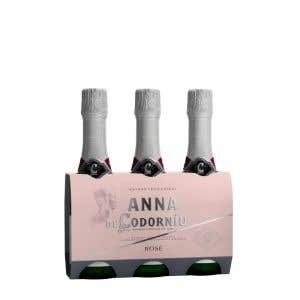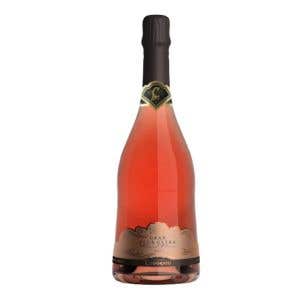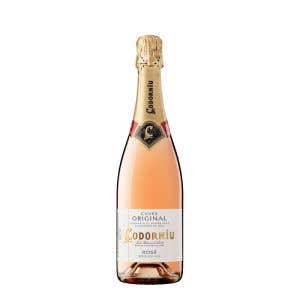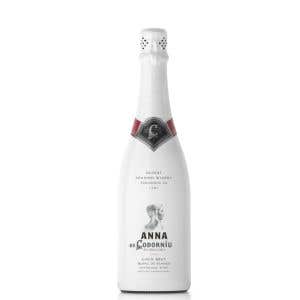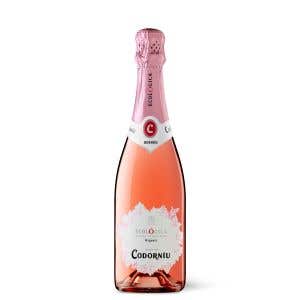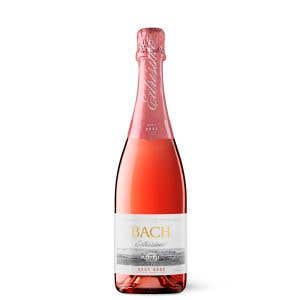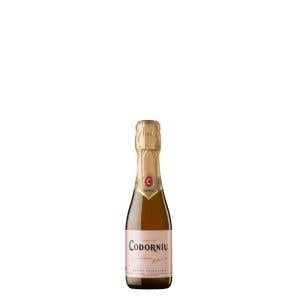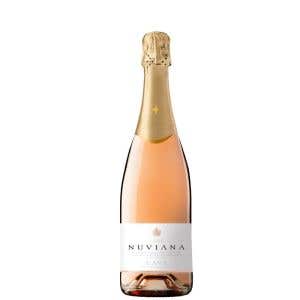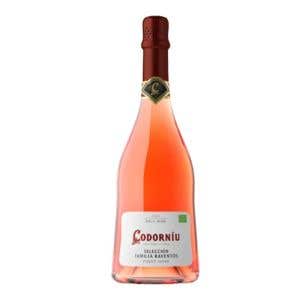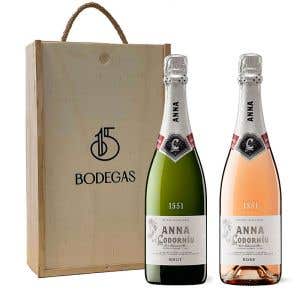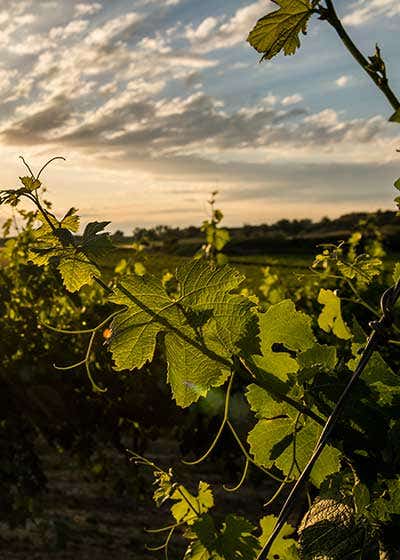

Anna de Codorníu is made in homage to the woman who changed the history of our winery. Her mastery, elegance and authenticity are reflected in the cava that inherited her name. In 1984 the first vintage went on sale, a pioneer at the time for being the first to incorporate the Chardonnay variety into the blend. The rosé version of this cava will captivate you with its intense aromas of red fruits, which come from the Pinot Noir. Nothing is more glamorous than saying "cheers" with Anna Rosé.
View
Delicate cherry colour with strawberry tones. Fine and persistent bubbles.


Nose
Aromas of red fruit, strawberries, cherries and woodland fruits with hints of green apple.
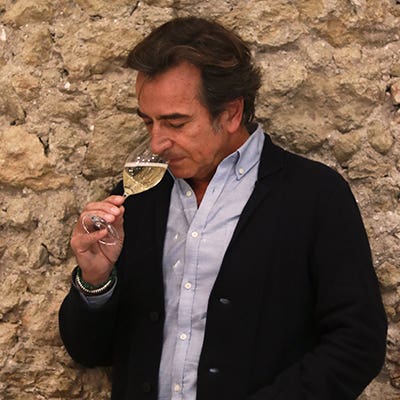

Palate
On the palate it is elegant and light. Well balanced between acidity and sweetness with a refreshing finish.
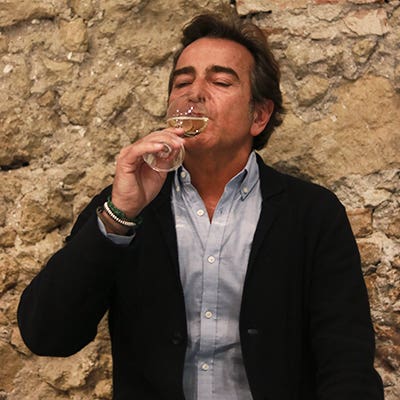

Varieties and Analysis
Yes
Contains sulfites12%
Alcohol volume (%)D.O. Cava
Designation of OriginChardonnay, Pinot Noir
Variety/CoupageRosé cava
ProductYes
Suitable for vegansThe Winery
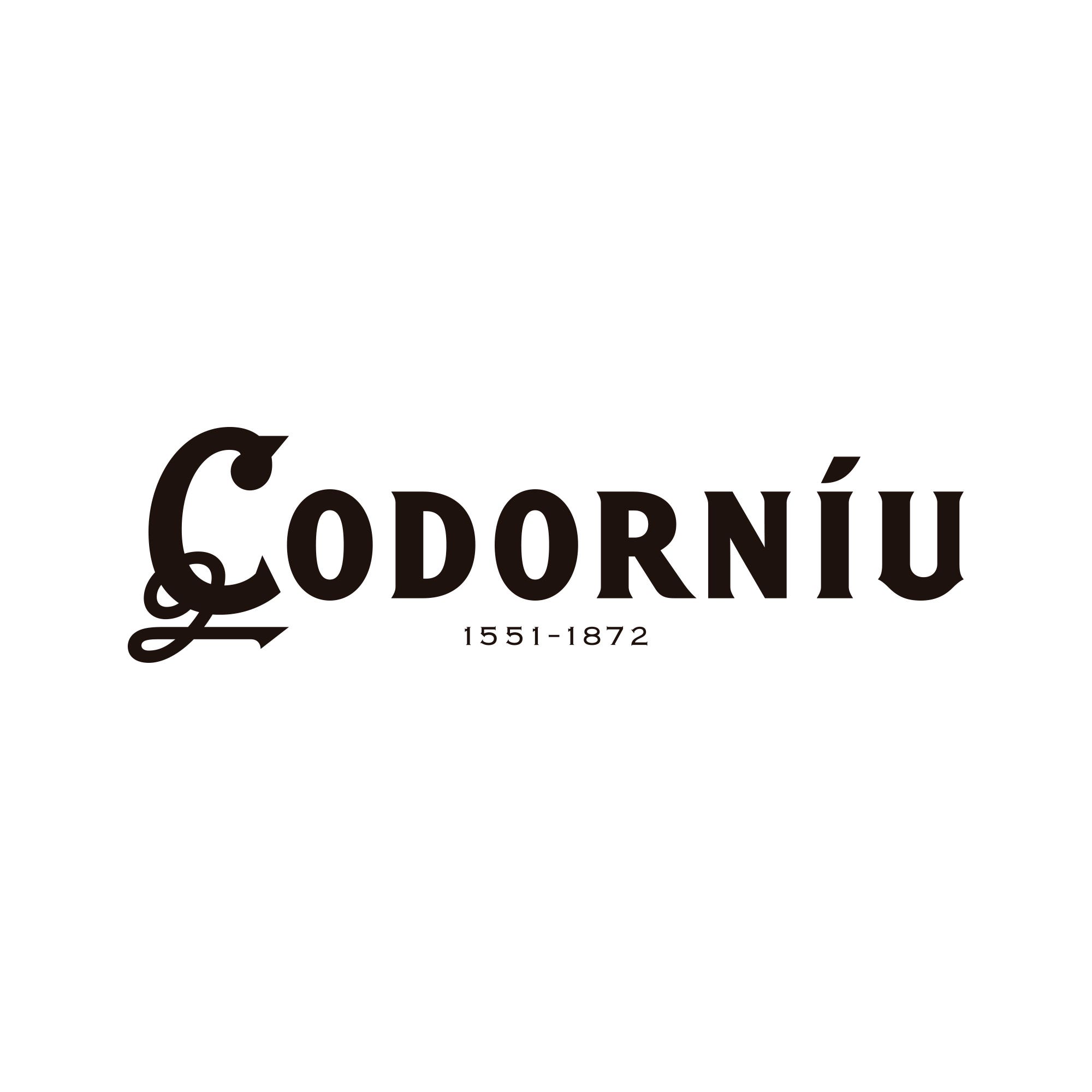

The history of Codorníu is the story of 18 generations of a vine growing family. In 1872, Josep Raventós made the first bottle of cava, applying the traditional method to a blend of the grape varieties of Penedès: Macabeo, Xarel·lo and Parellada. Codorníu reflects the history, tradition, passion and expertise of a family winery with more than 450 years of history, which today continues to maintain its leading position in the production of quality wines and cavas. His cellars in Sant Sadurní d’Anoia were declared a National Historic Artistic Monument in 1976, as one of the key works of Catalan modernism, created by Puig i Cadafalch.
Elaboration - Vinification
We begin by planning the optimum harvest time for each variety.
We begin by planning the optimum harvest time for each variety. In the case of Chardonnay, we destem and press, and after cleansing, the must ferments at an average temperature of between 15 ºC and 17 ºC. For Pinot Noir, after destemming, the must is left in contact with the skins for 3 or 4 hours. The pink-coloured must is then filtered and begins to ferment at a controlled temperature, after the introduction of selected yeast. Once the fermentation is complete and the wines have been clarified, they are blended and the resulting wine is bottled with the liqueur de tirage (a mixture of sugar and yeast). The bottles are stored in subterranean cellars (at a constant temperature of 17 ºC), where they undergo a second fermentation followed by a period of ageing in contact with the yeast lees. In all, the wine spends at least 12 months in cellar. Subsequently, riddling and disgorging take place, in which the sediment from the second fermentation is extracted and the “licor de expedición” is added that will determine its brut dosage. Finally, the definitive cork is inserted into the bottle.


Vineyard - Viticulture
Both the Pinot Noir and Chardonnay grapes come from own vineyards located in Lleida, the region with the most continental climate in D.O. Cava.
Both the Pinot Noir and Chardonnay grapes come from own vineyards located in Lleida, the region with the most continental climate in D.O. Cava. This location provides the grapes with optimum concentration, lower acidity, and greater body and intensity. Harvest of the grapes takes place towards the middle of August and is always carried out at night, so as to keep the grapes as fresh as possible, thereby retaining aroma and avoiding oxidation or spontaneous fermentation.

